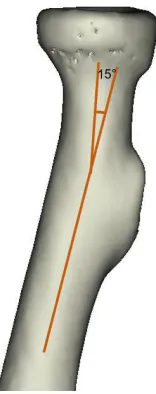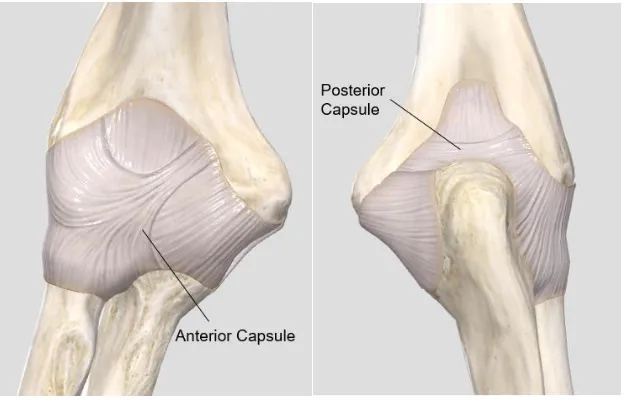Radial Head Stability in Anterior Monteggia Injuries: An In Vitro Biomechanical Study
Full text
Figure




Related documents
For the rest of the instances the pattern of these entries is similar, for the same number of jobs with 10 machines, more sublots are used and achieve a larger relative
cross-validated elastic-net penalized Cox regression, that also had FDR-adjusted q < 0.20 and correlated (p < 0.05) metatranscriptomic expression, we show a number of
The first explains direct relationship brand orientation, brand commitment, internal brand equity and moderation organization change readiness.. Brand orientation
For each construct, three CFA models via maximum likelihood (ML) estimation were implemented: (1) Model 1 was a unidimensional model of each construct wherein all the
Kaylene Sampson, Joanna Doherty, Susanne Becken and Phil
In contrast, among males with more driving experience, those in the insight condition (n = 17) actually showed more general accident risk- related optimism bias than those in
In trial II, infants who received the two-dose mixed regimen (M from immunogenic lot 0116W at 2 months and T at 4 months) had a significantly higher mean area under the.. curve
The relationship of the reproductive cycle and physical factors of gravid females of freshwater homalopsid snakes has been reported previously, where both seasonal and





